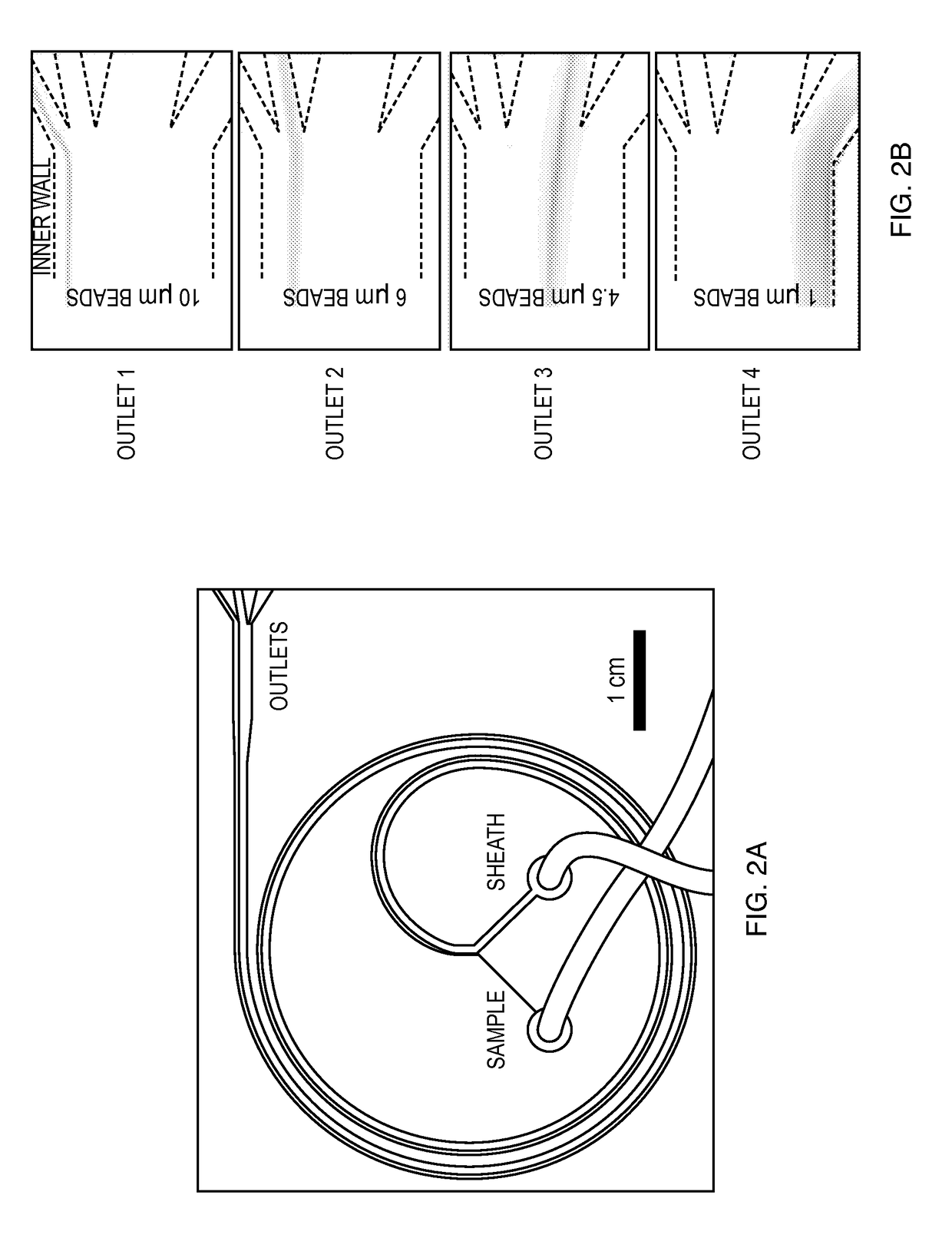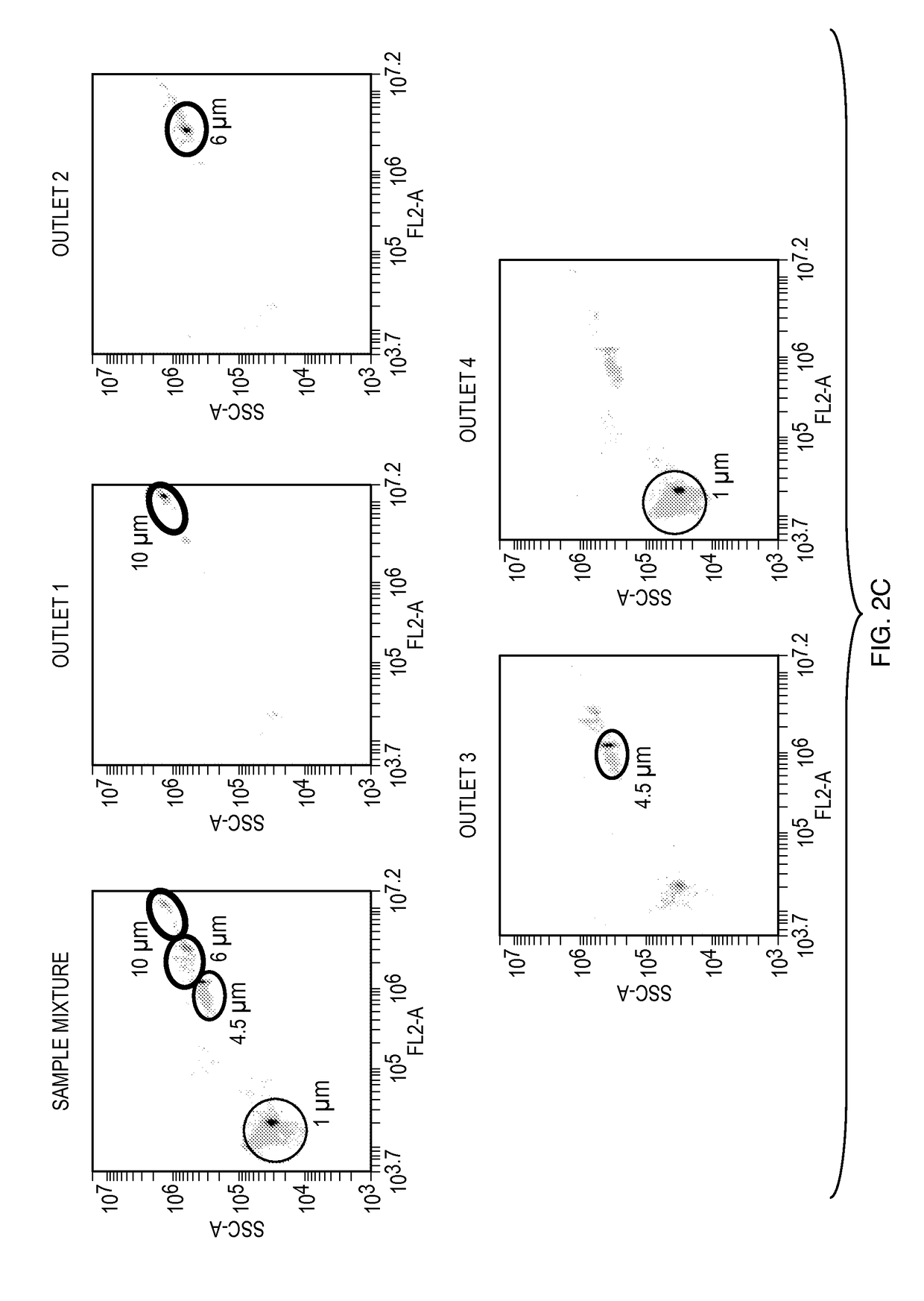System and method for multiplexed affinity purification of proteins and cells
a technology of protein and cell, applied in the field of multiplexed affinity purification system and method, can solve the problems of high labor intensity and high cost, and achieve the effect of high labor intensity and cos
- Summary
- Abstract
- Description
- Claims
- Application Information
AI Technical Summary
Benefits of technology
Problems solved by technology
Method used
Image
Examples
Embodiment Construction
[0016]A description of example embodiments of the invention follows.
[0017]In accordance with an embodiment of the invention, there is provided a microfluidics-based technology platform that can be used for affinity-based separation of proteins and cells in a multiplexed and high throughput manner.
[0018]Isolation of low abundance proteins or rare cells from complex mixtures, such as blood, is required for many diagnostic, therapeutic and research applications. Current affinity-based protein or cell separation methods use binary ‘bind-elute’ separations and are inefficient when applied to the isolation of multiple low-abundance proteins or cell types. Embodiments of the present invention include a method for rapid and multiplexed, yet inexpensive, affinity-based isolation of both proteins and cells, using a size-coded mixture of multiple affinity-capture microbeads and an inertial microfluidic particle sorter device. For example, in a single binding step, different targets—cells or pr...
PUM
 Login to View More
Login to View More Abstract
Description
Claims
Application Information
 Login to View More
Login to View More - R&D
- Intellectual Property
- Life Sciences
- Materials
- Tech Scout
- Unparalleled Data Quality
- Higher Quality Content
- 60% Fewer Hallucinations
Browse by: Latest US Patents, China's latest patents, Technical Efficacy Thesaurus, Application Domain, Technology Topic, Popular Technical Reports.
© 2025 PatSnap. All rights reserved.Legal|Privacy policy|Modern Slavery Act Transparency Statement|Sitemap|About US| Contact US: help@patsnap.com



